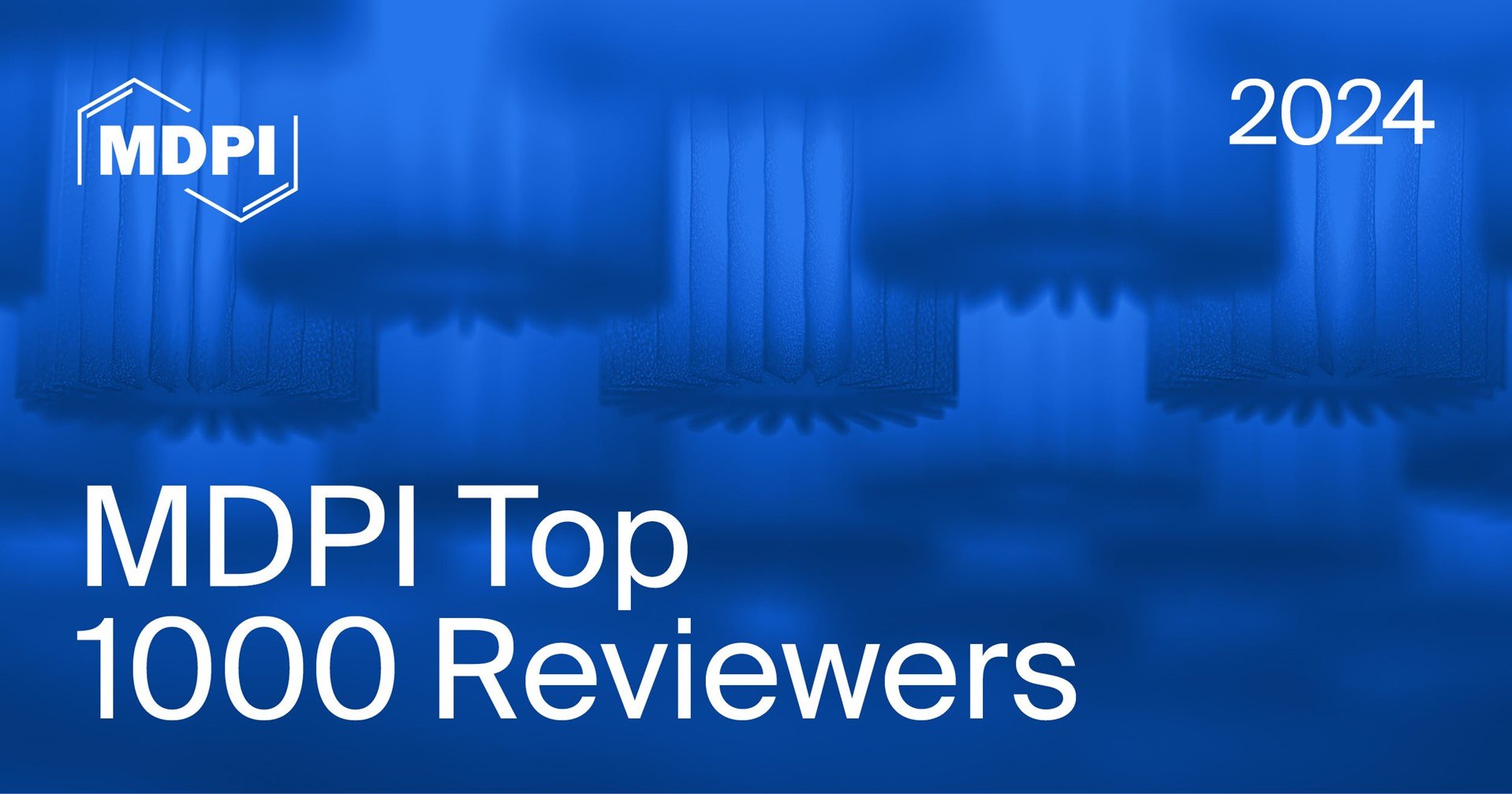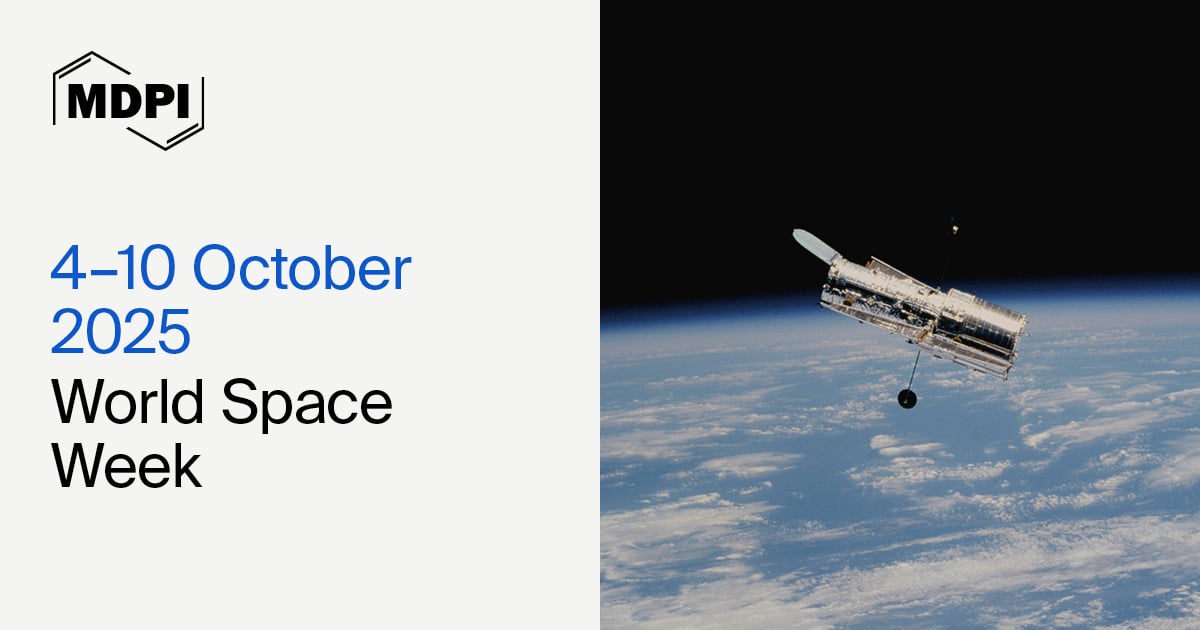-
 Building Credible VTOL Flight Models for Certification by Simulation
Building Credible VTOL Flight Models for Certification by Simulation -
 Fuel Distribution and Thermopropulsion Systems Sizing for LH2 Powered Aircraft Using a MBSE Approach
Fuel Distribution and Thermopropulsion Systems Sizing for LH2 Powered Aircraft Using a MBSE Approach -
 Inter-Laboratory Characterisation of a Low Power Channel-Less Hall-Effect Thruster: Performance Comparisons and Lessons Learnt
Inter-Laboratory Characterisation of a Low Power Channel-Less Hall-Effect Thruster: Performance Comparisons and Lessons Learnt -
 Emission Reduction Potential of Hydrogen-Powered Aviation Between Airports in Proximity of Seaports
Emission Reduction Potential of Hydrogen-Powered Aviation Between Airports in Proximity of Seaports -
 Design and Flight Dynamics of a Hand-Launched Foldable Micro Air Vehicle
Design and Flight Dynamics of a Hand-Launched Foldable Micro Air Vehicle
Journal Description
Aerospace
- Open Access— free for readers, with article processing charges (APC) paid by authors or their institutions.
- High Visibility: indexed within Scopus, SCIE (Web of Science), Inspec, Ei Compendex, and other databases.
- Journal Rank: JCR - Q2 (Engineering, Aerospace) / CiteScore - Q2 (Aerospace Engineering)
- Rapid Publication: manuscripts are peer-reviewed and a first decision is provided to authors approximately 20.9 days after submission; acceptance to publication is undertaken in 2.5 days (median values for papers published in this journal in the first half of 2025).
- Recognition of Reviewers: reviewers who provide timely, thorough peer-review reports receive vouchers entitling them to a discount on the APC of their next publication in any MDPI journal, in appreciation of the work done.
- Companion journal: Astronomy.
- Journal Cluster of Mechanical Manufacturing and Automation Control: Aerospace, Automation, Drones, Journal of Manufacturing and Materials Processing, Machines, Robotics and Technologies.
Latest Articles
E-Mail Alert
News
Topics
Deadline: 31 December 2025
Deadline: 31 March 2026
Deadline: 30 September 2026
Deadline: 30 November 2026
Conferences
Special Issues
Deadline: 31 October 2025
Deadline: 31 October 2025
Deadline: 31 October 2025
Deadline: 31 October 2025






























